Tether and Circle continue to lead the stablecoin sector, benefiting from rapid growth in on-chain demand and expanding use cases. With billions of dollars flowing into USDT and USDC, these two issuers have effectively become the main gateways between traditional finance and blockchain-based ecosystems. According to recent market data, both companies are seeing strong issuance volumes, generating substantial revenue from reserve assets like U.S. Treasuries.
Despite their dominance, some industry voices believe the landscape is set to evolve. One of the co-founders of Wormhole, a leading cross-chain messaging protocol, recently noted that the stablecoin space is ripe for disruption. He argued that while Tether and Circle currently enjoy a head start, new entrants — including decentralized stablecoins and region-specific alternatives — are preparing to challenge the status quo. The combination of regulatory changes, technical innovation, and shifting user preferences could open the door for more competition.
The stablecoin market is no longer just about liquidity and fiat backing. New projects are exploring models that offer programmability, enhanced transparency, and tighter integration with specific ecosystems or blockchains. Some of these initiatives focus on compliance and transparency, while others aim to introduce algorithmic elements or real-world asset collateral. This diversity of approaches could give users more choices beyond the current USDT and USDC duopoly.
As stablecoins become central to payments, remittances, and decentralized finance, their long-term success will depend on more than just scale. Trust, regulation, and infrastructure will play a key role in determining which issuers remain relevant. While Tether and Circle have built strong positions, the door remains open for challengers who can deliver innovation without compromising stability or compliance.

.svg)

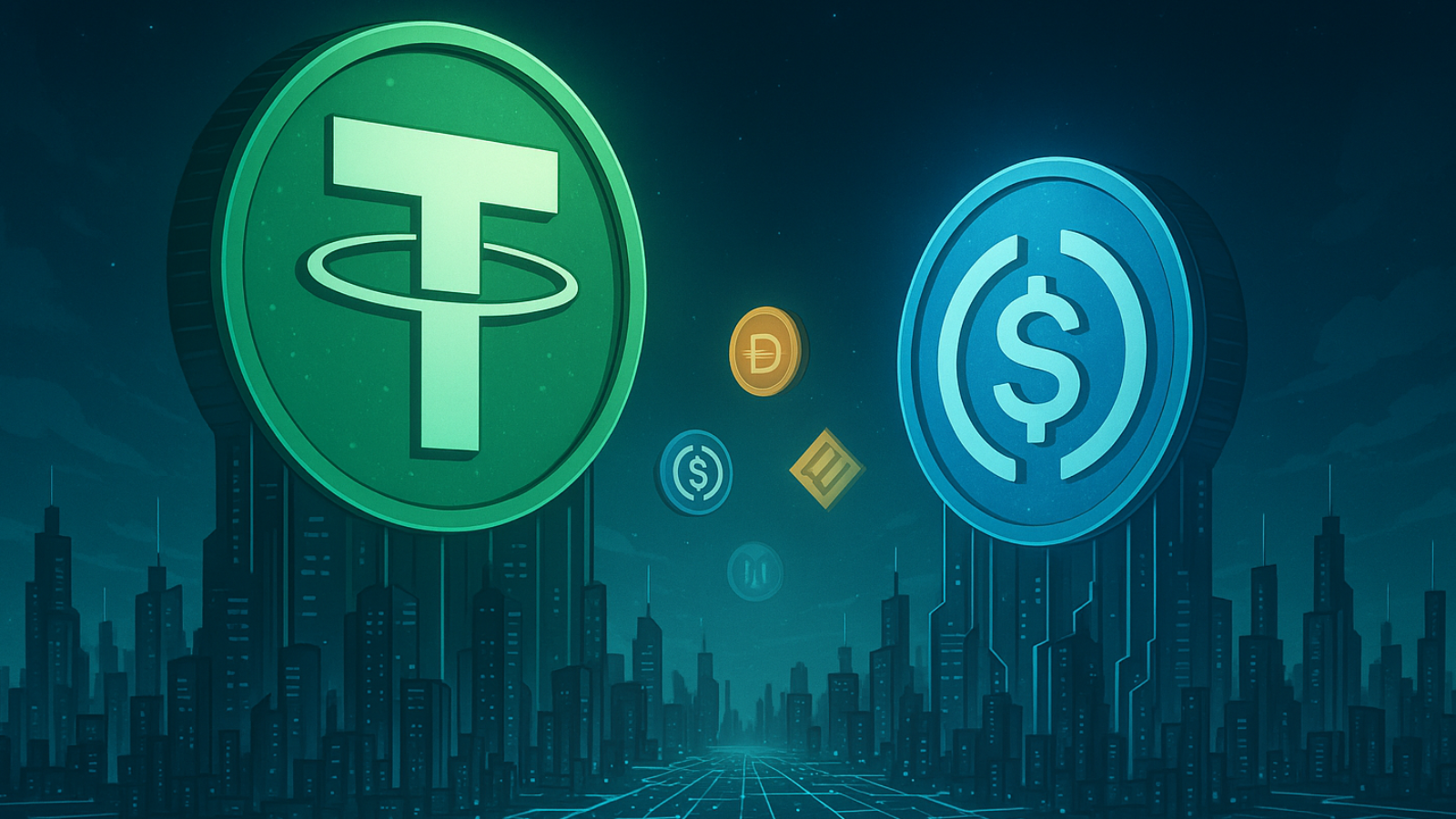

















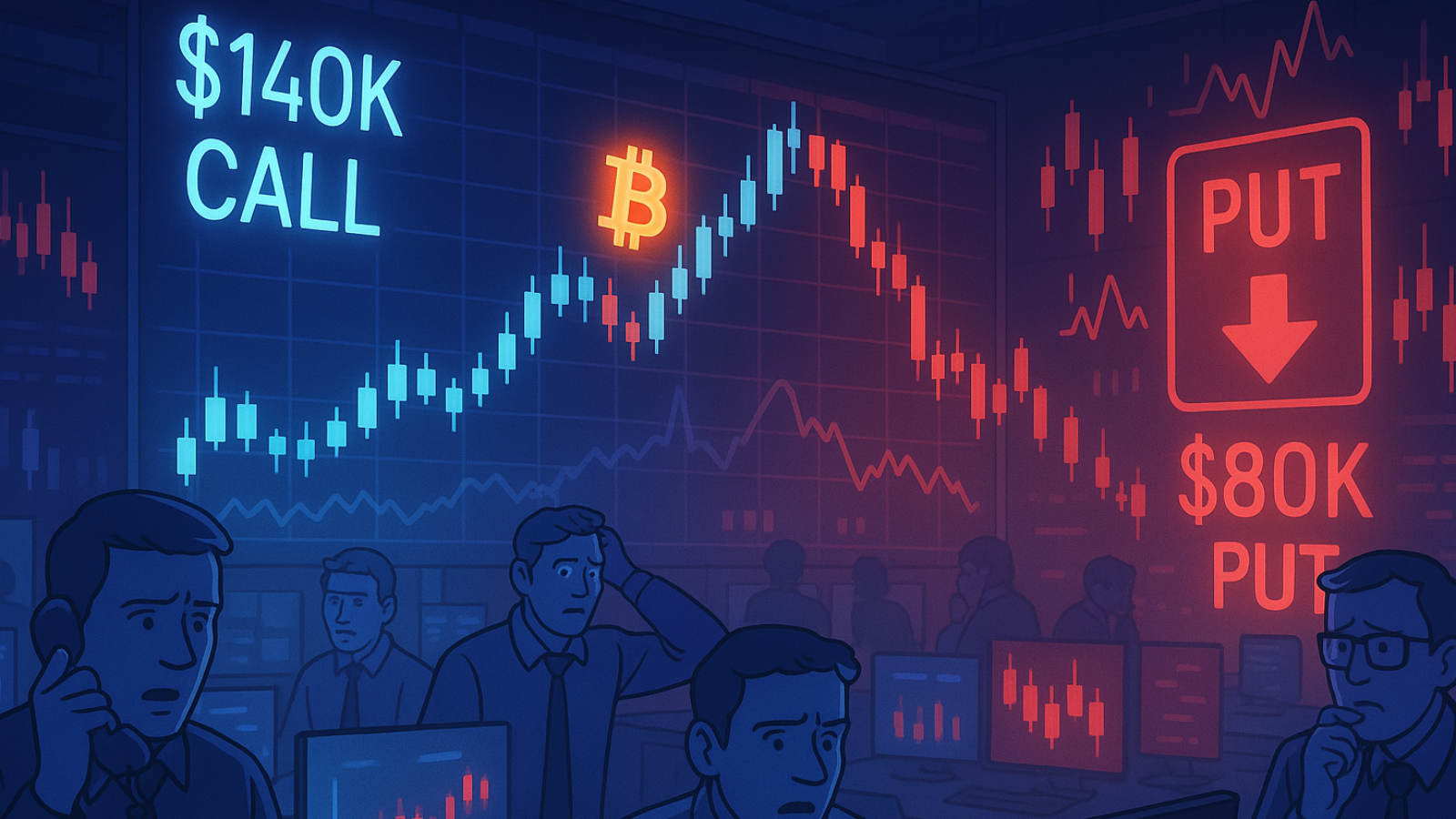






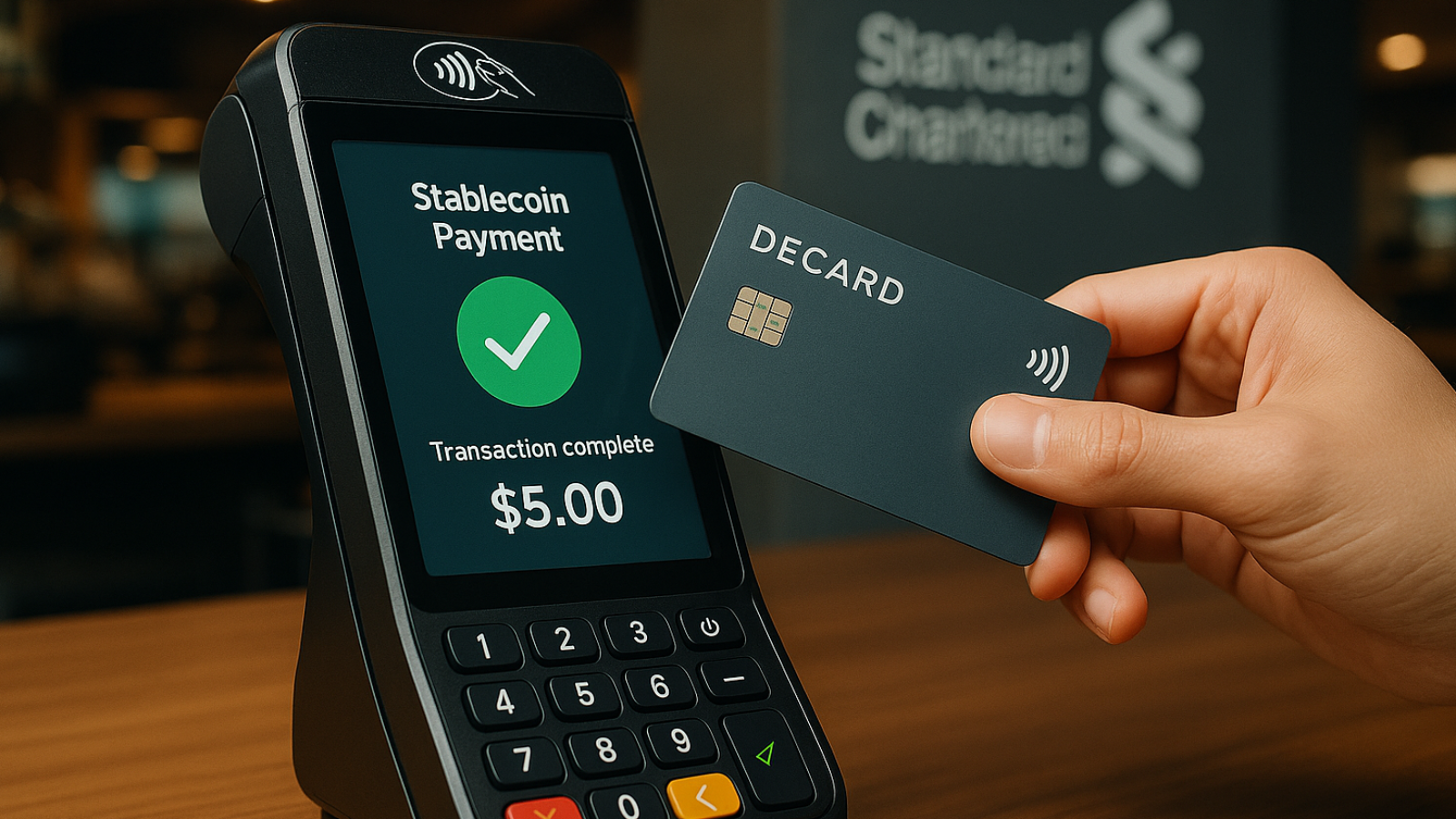




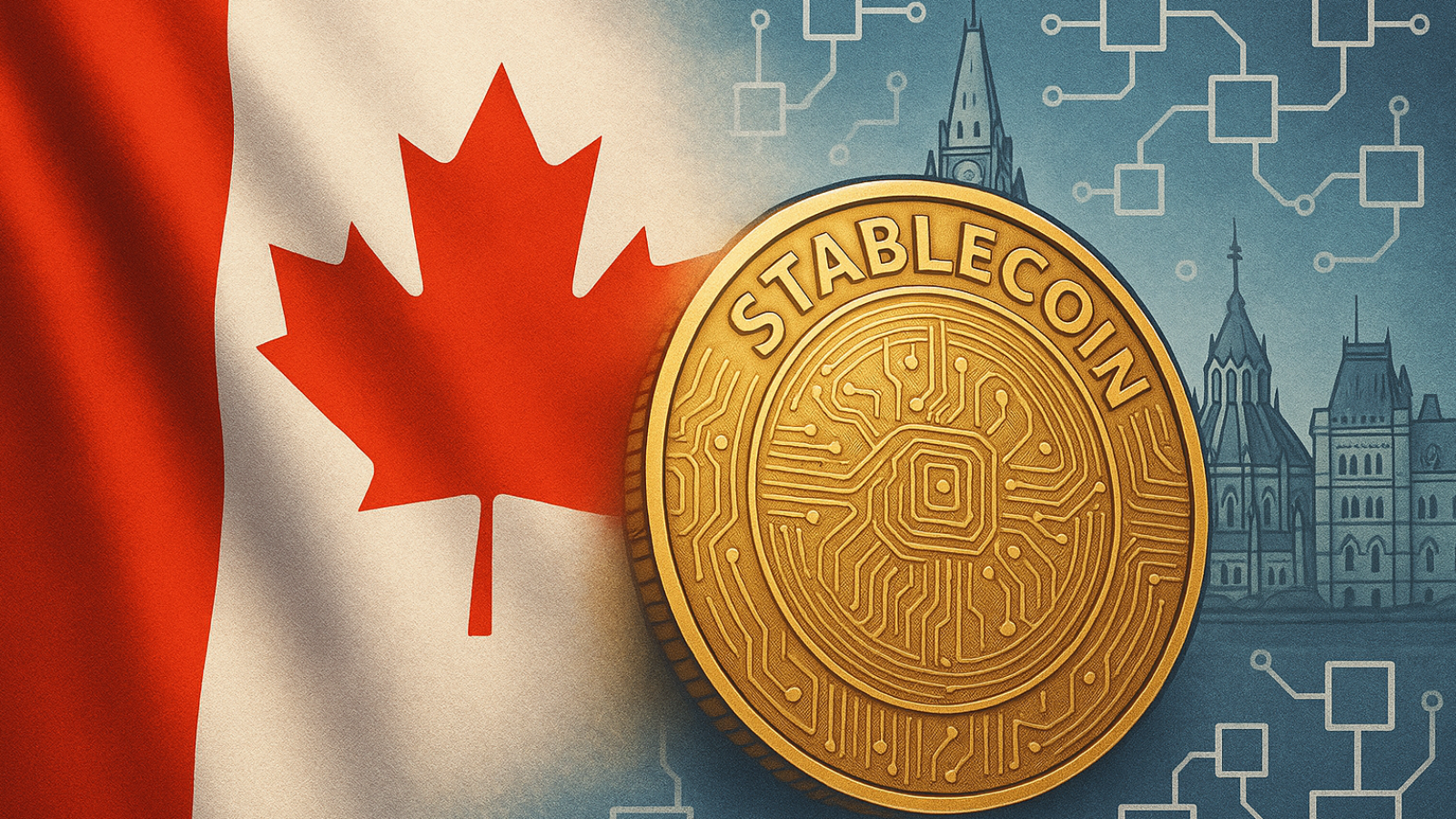
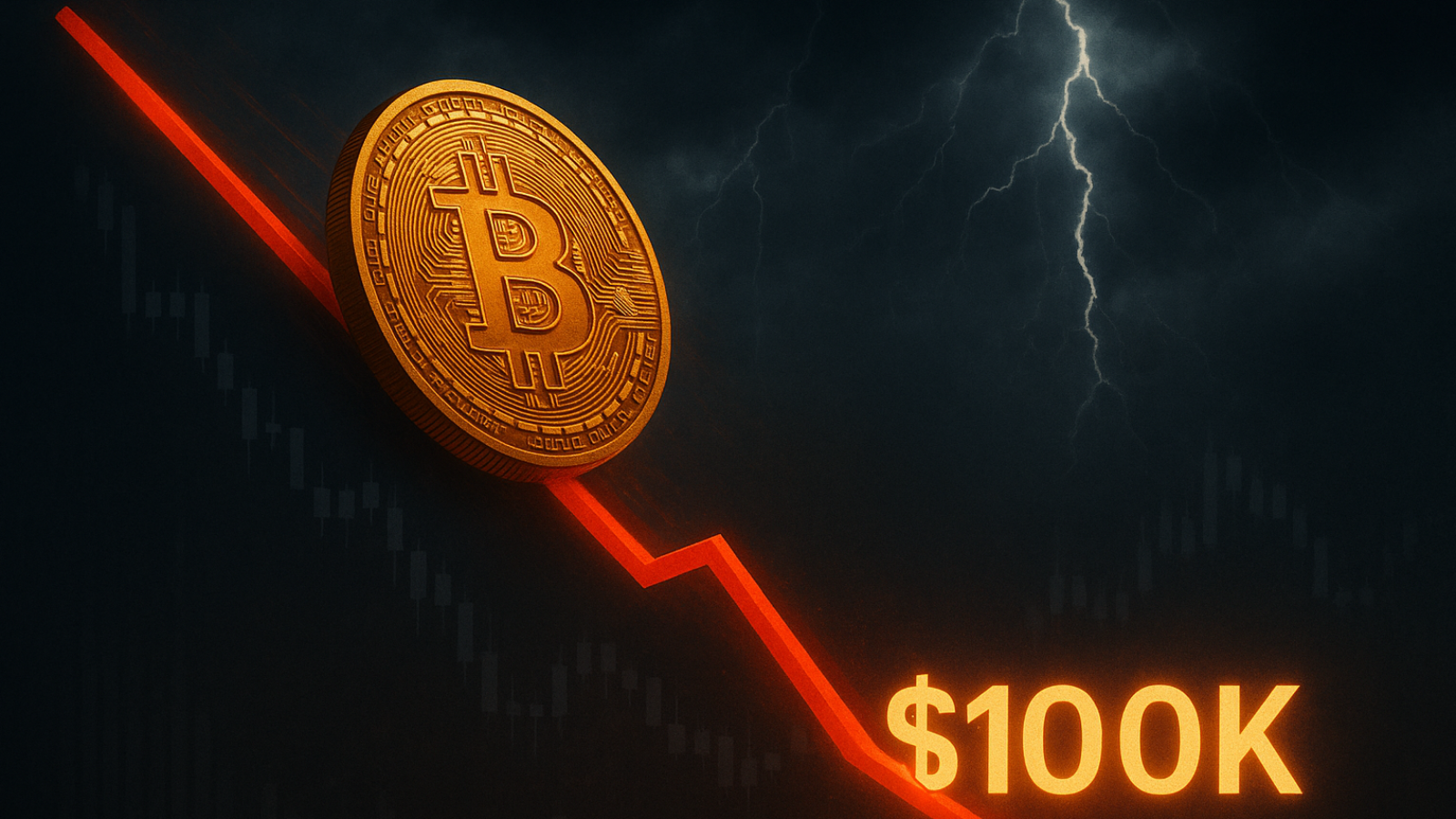














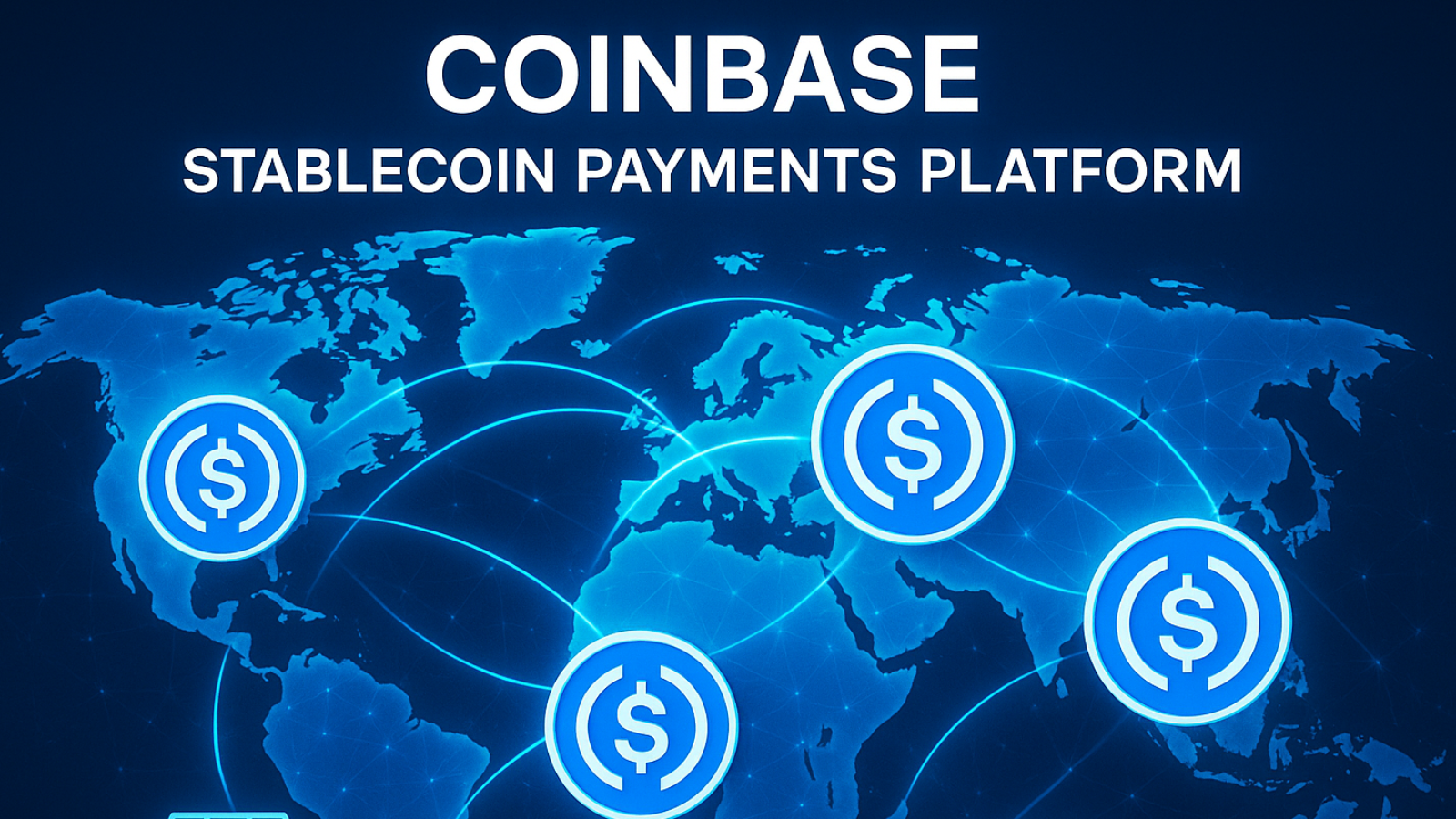

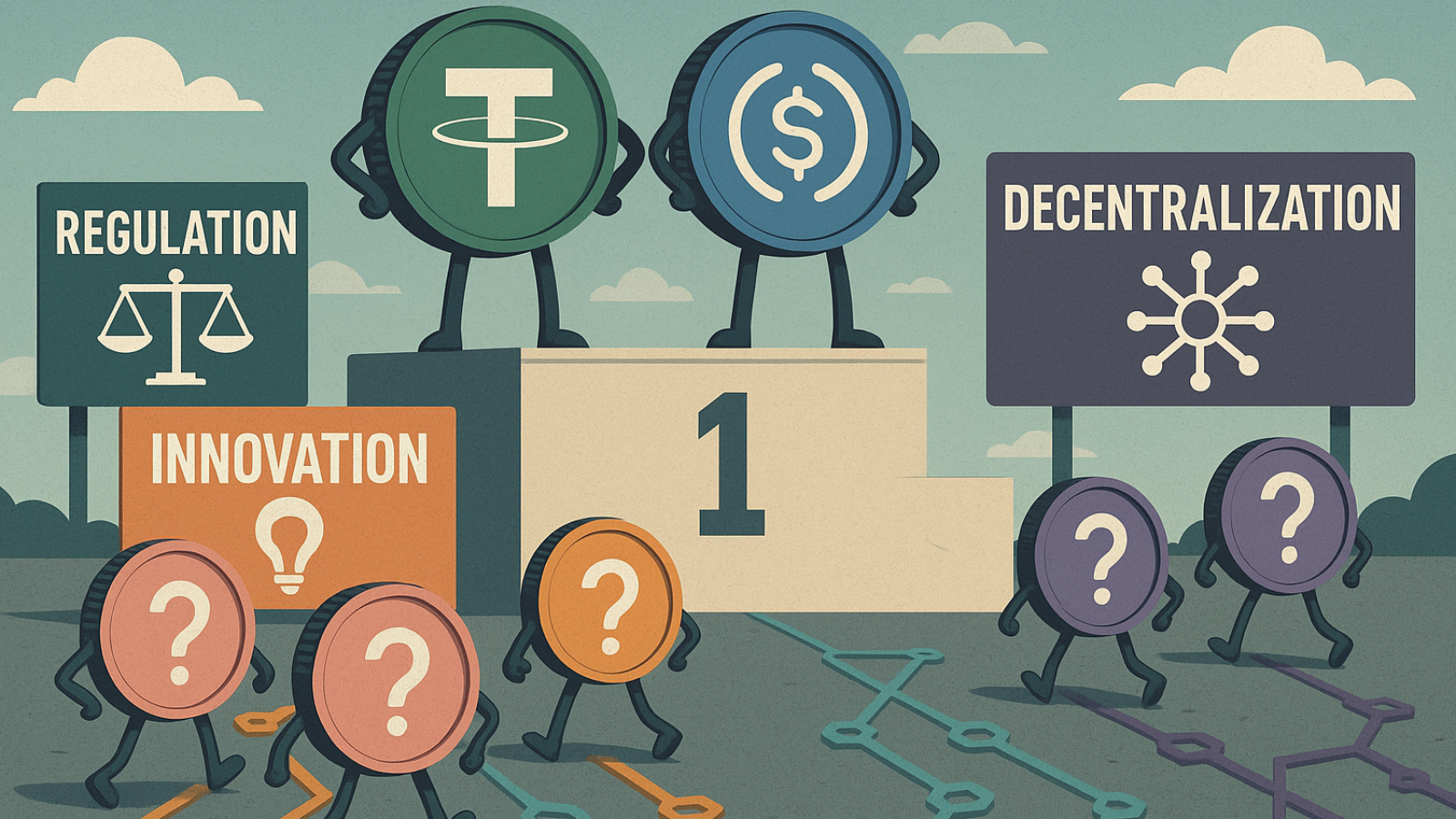


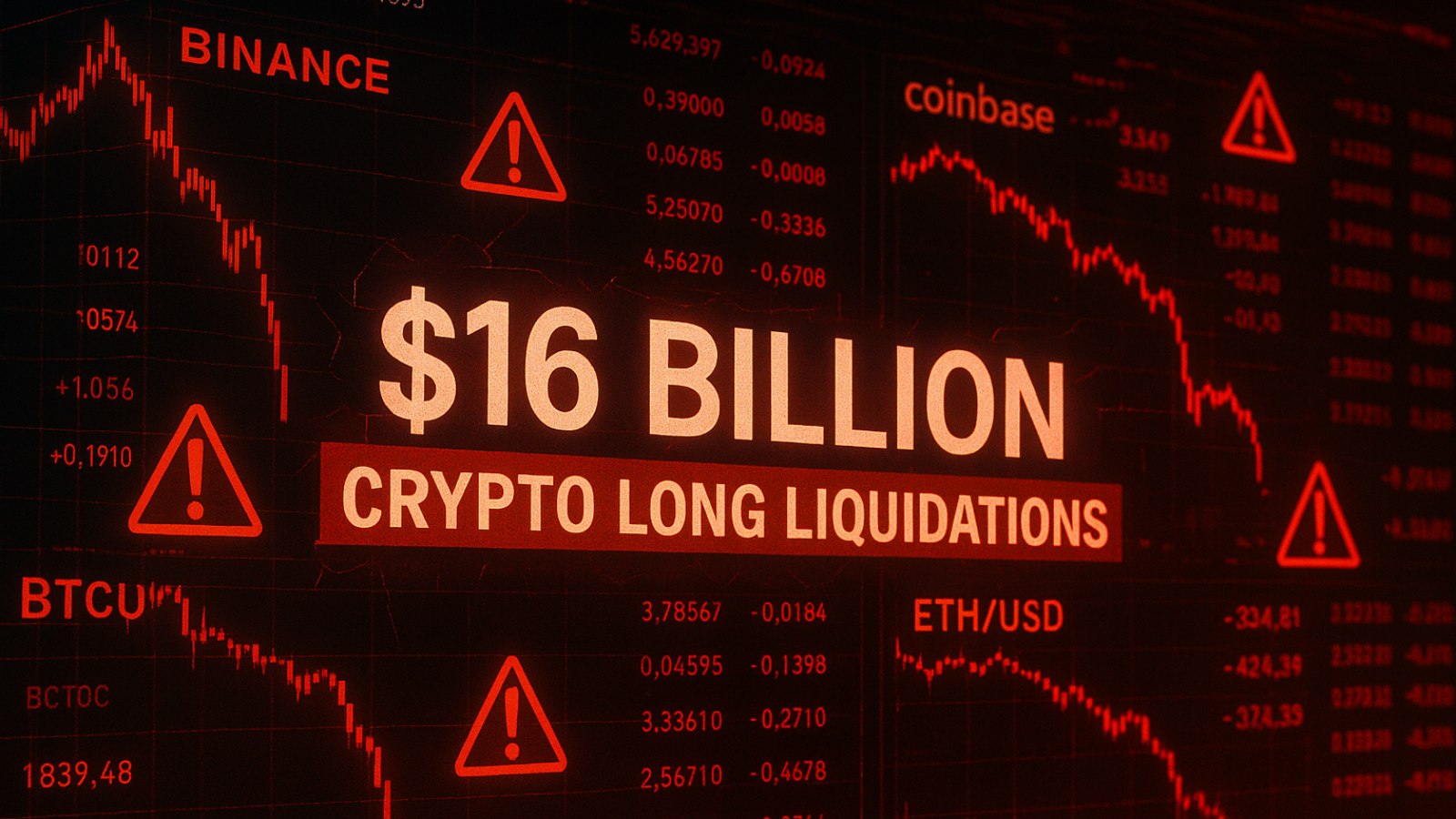
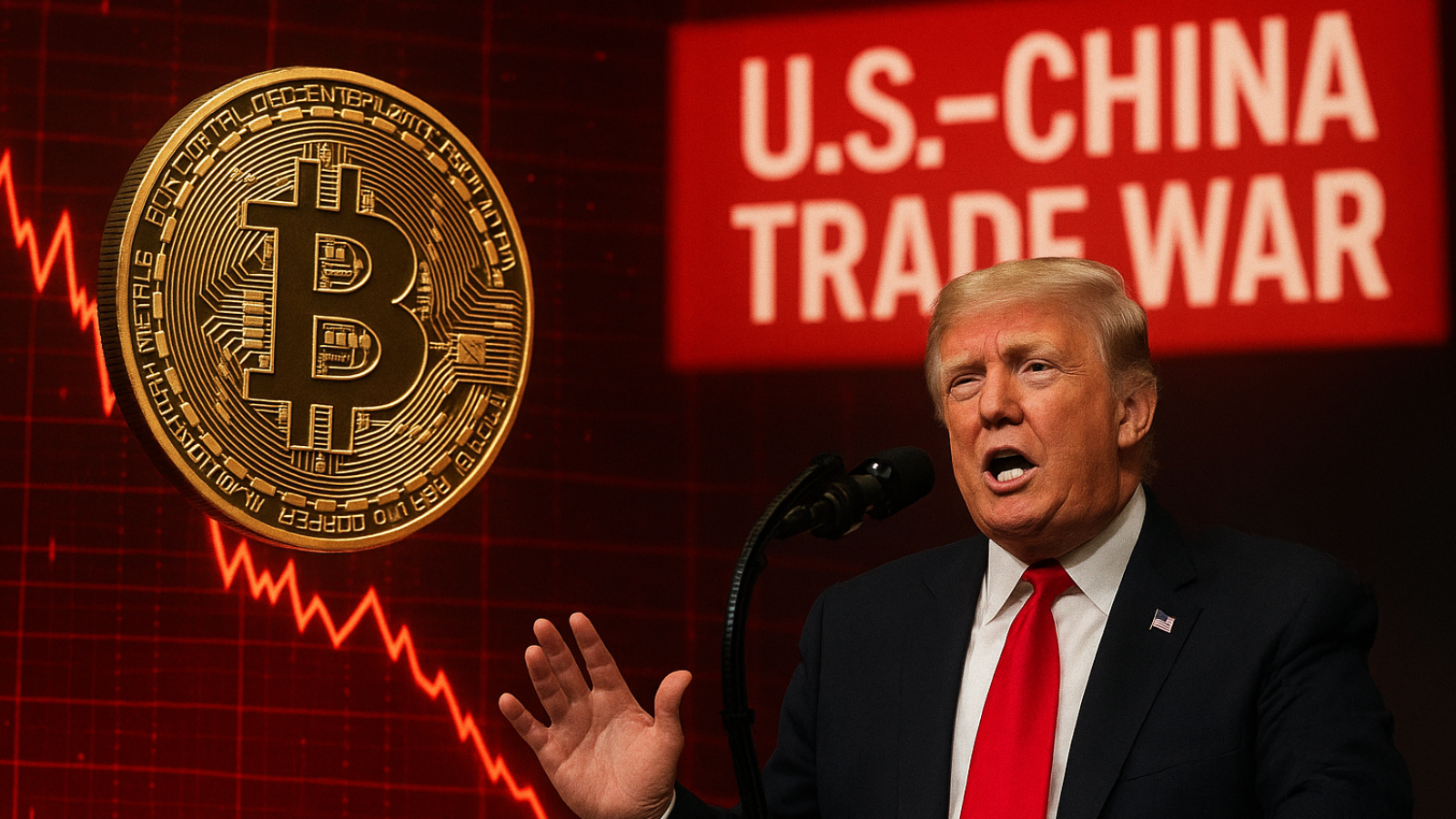



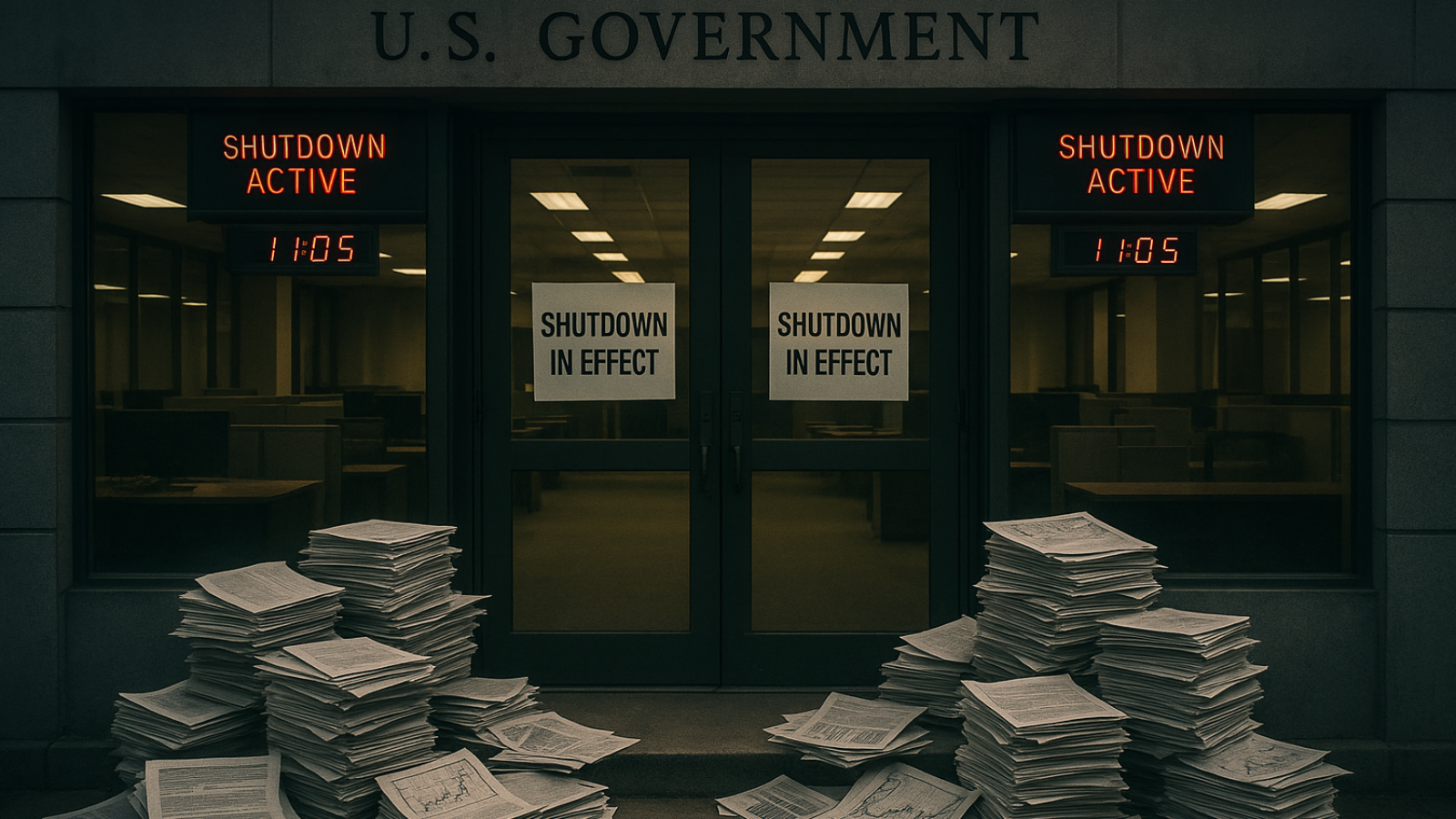
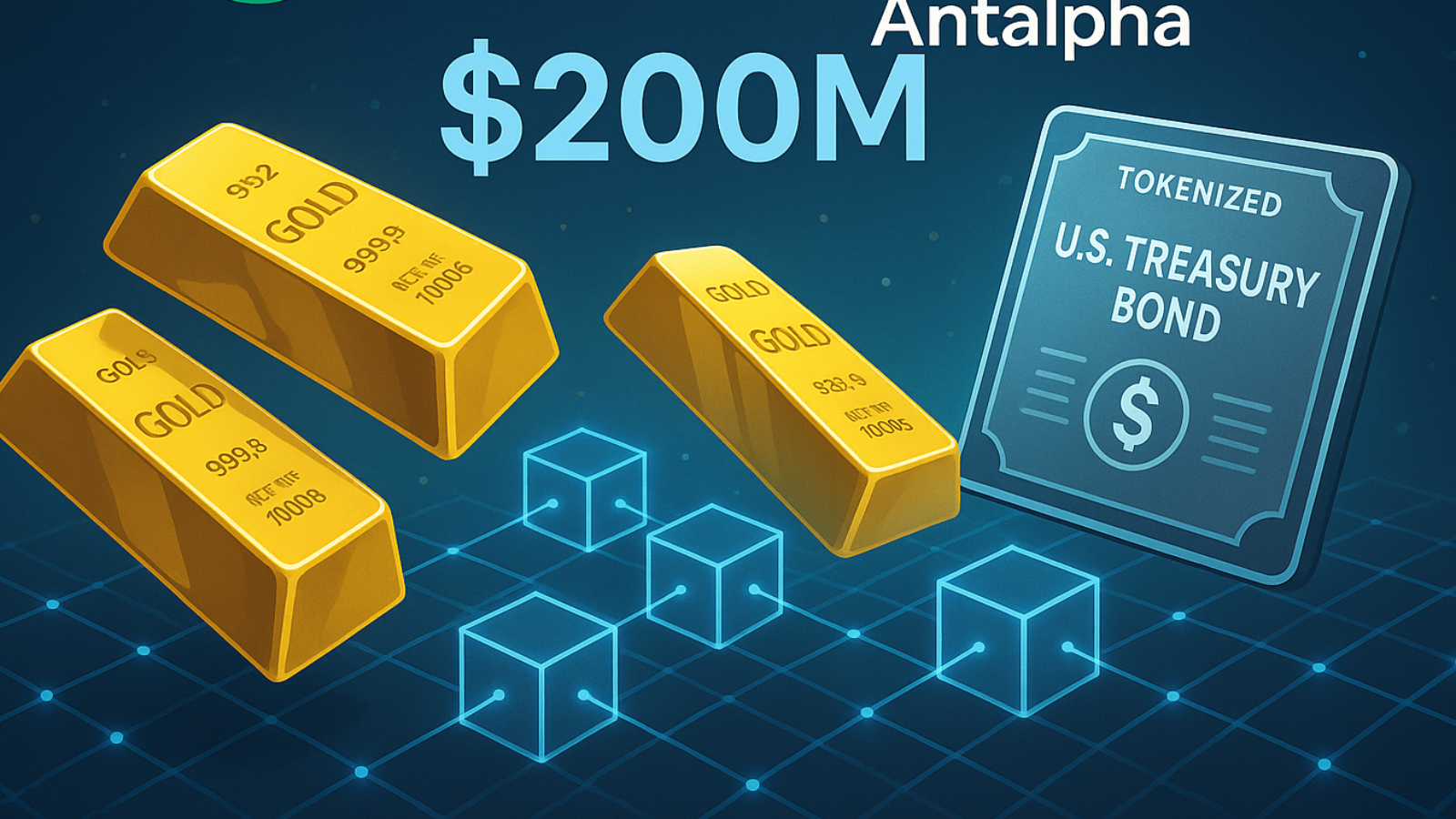
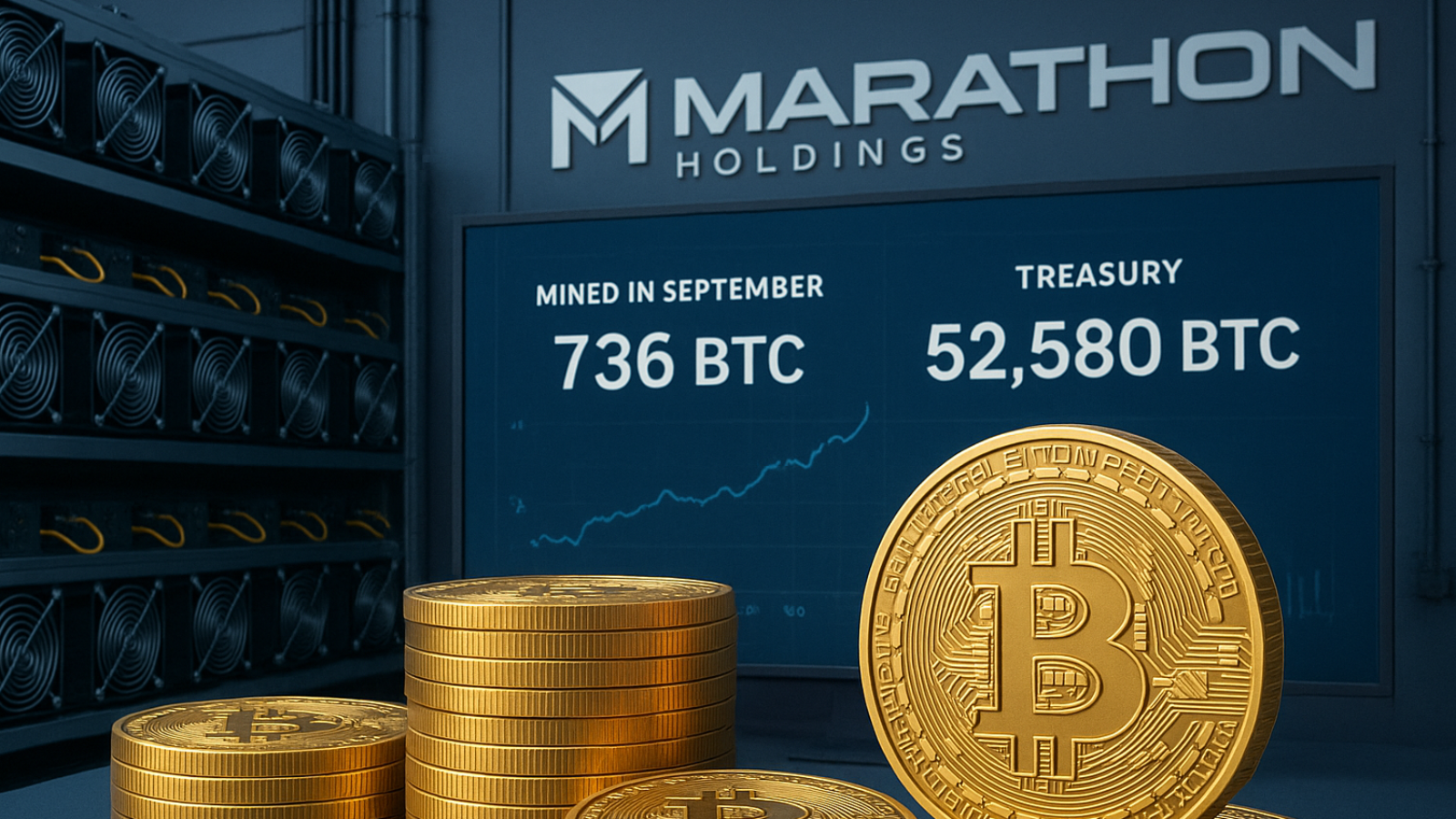

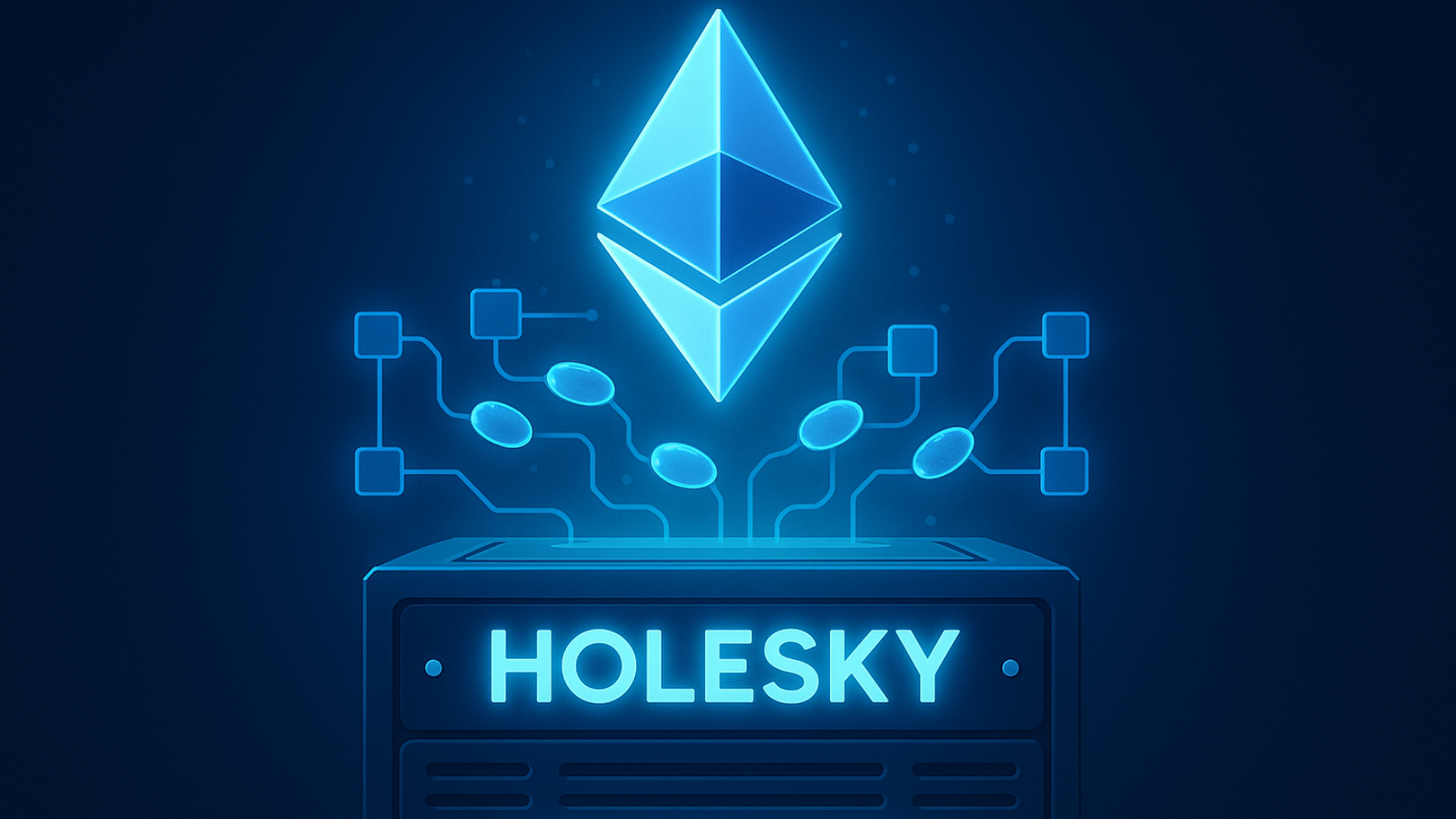



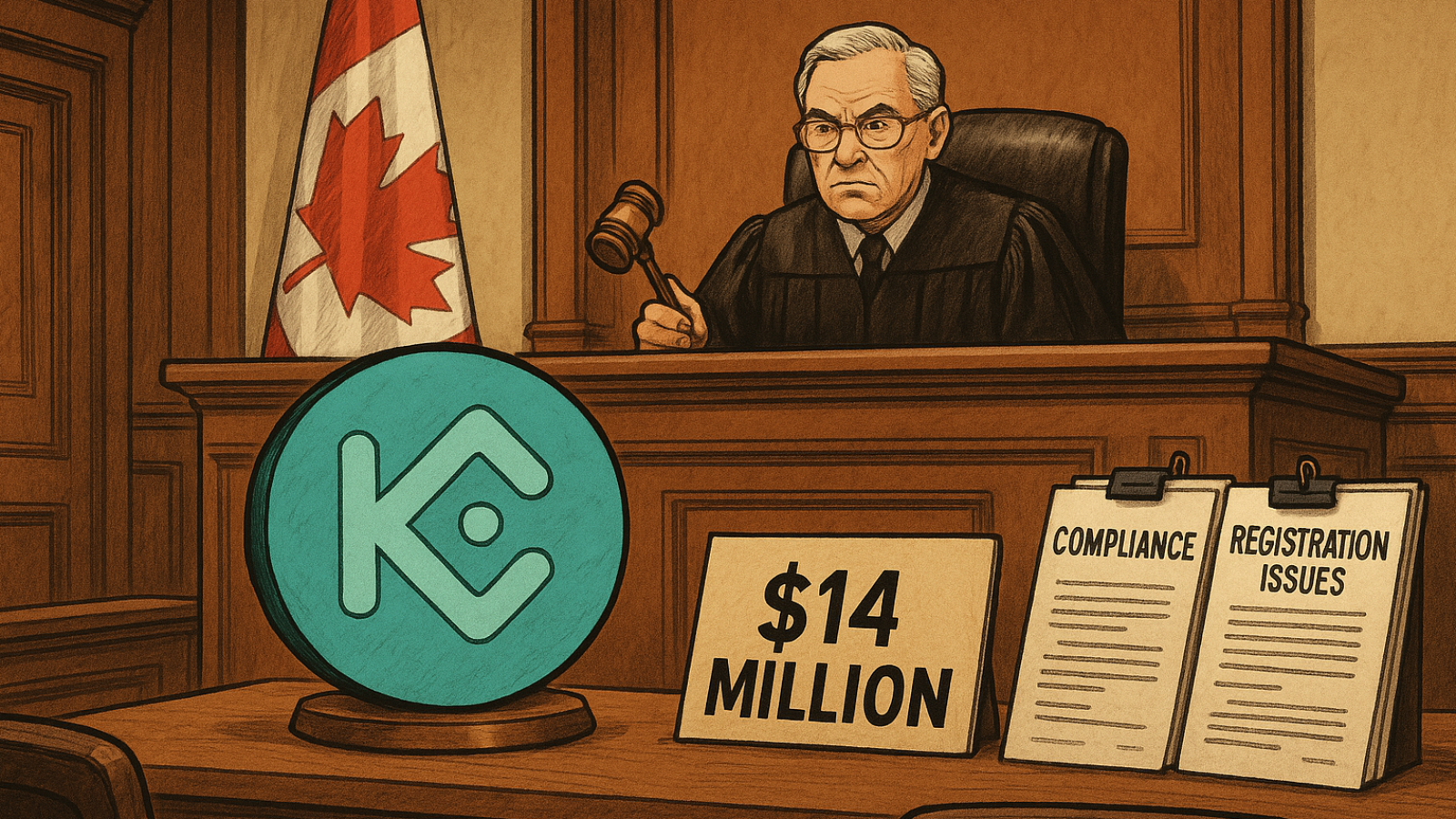
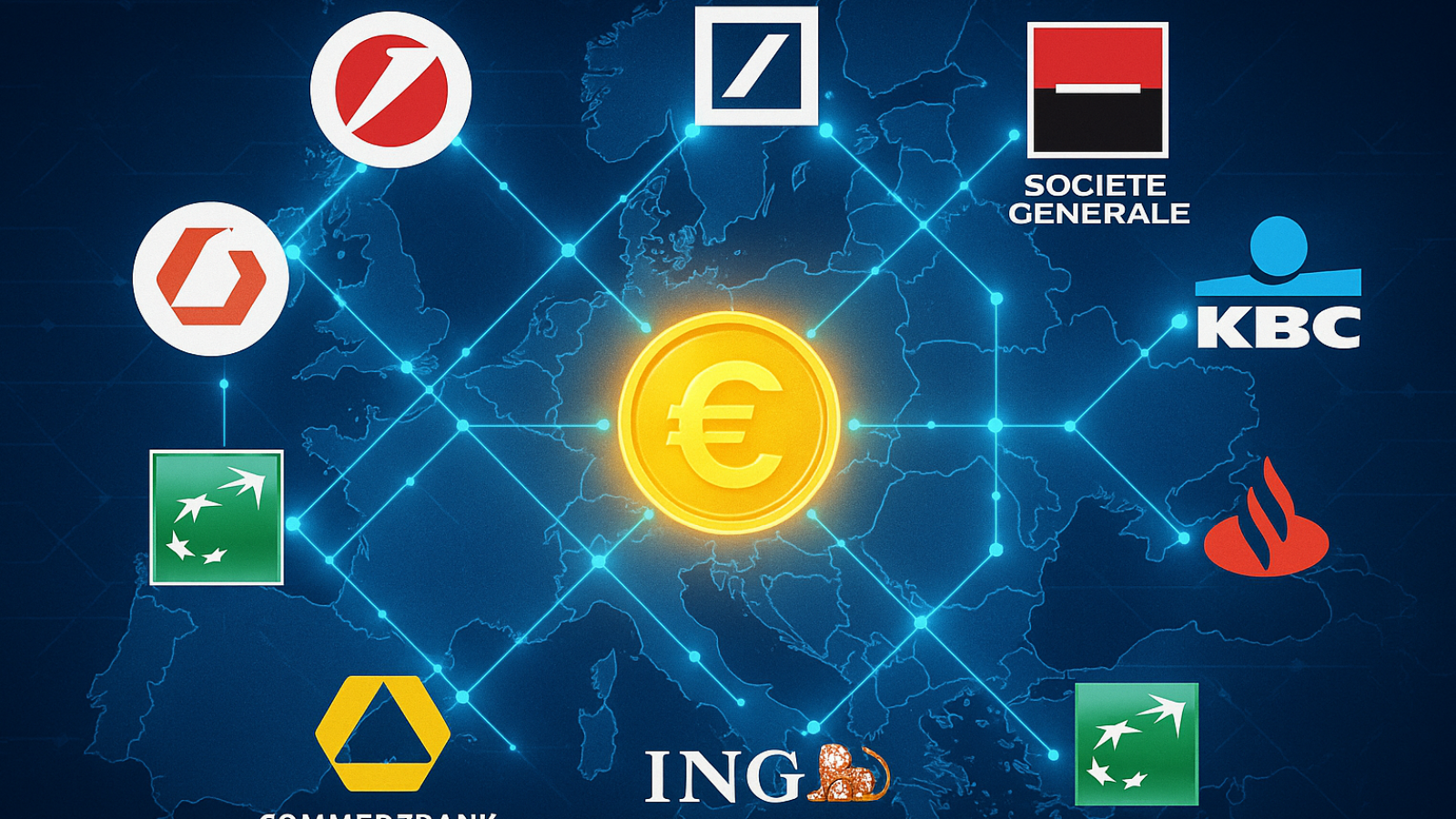





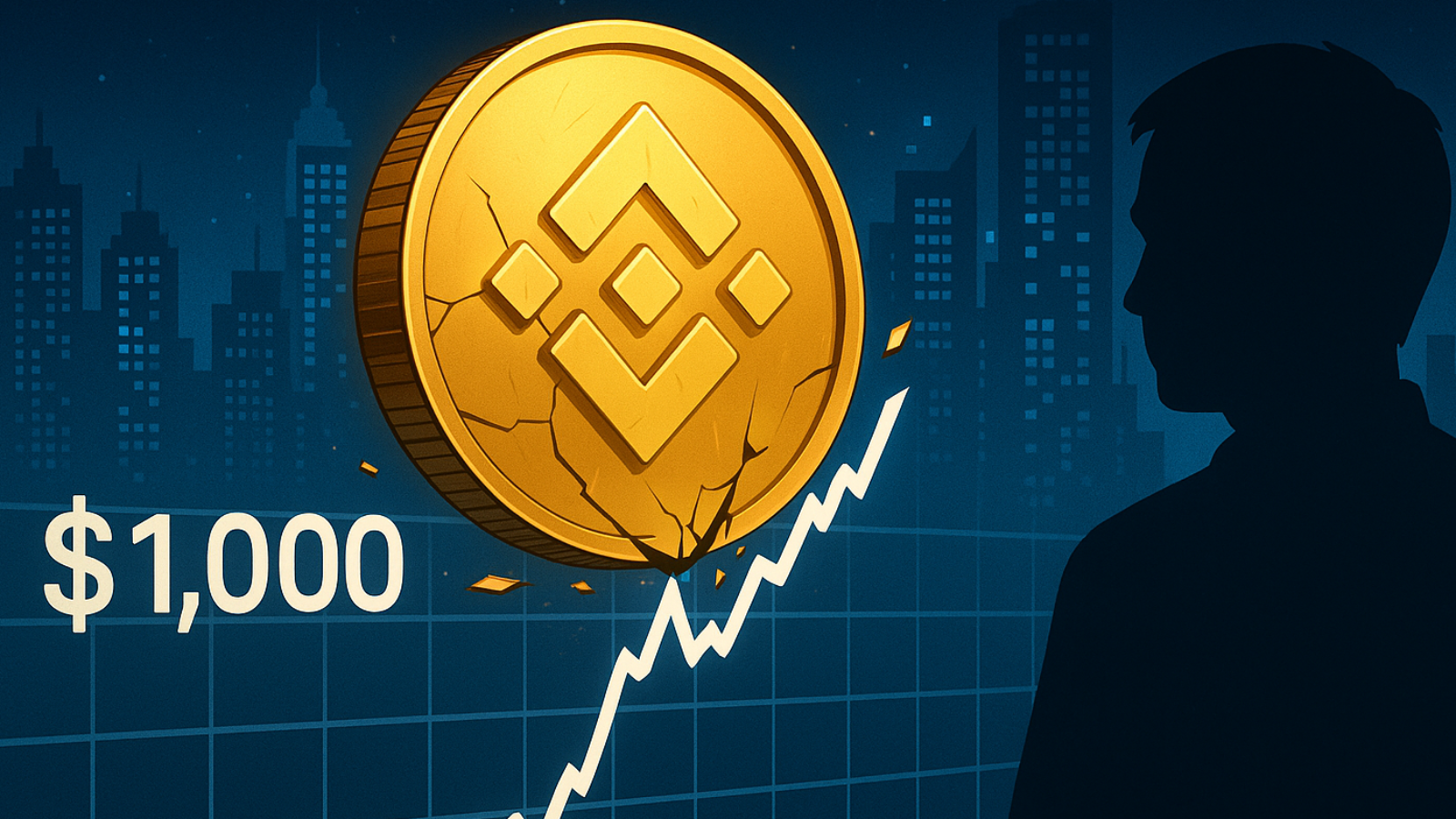


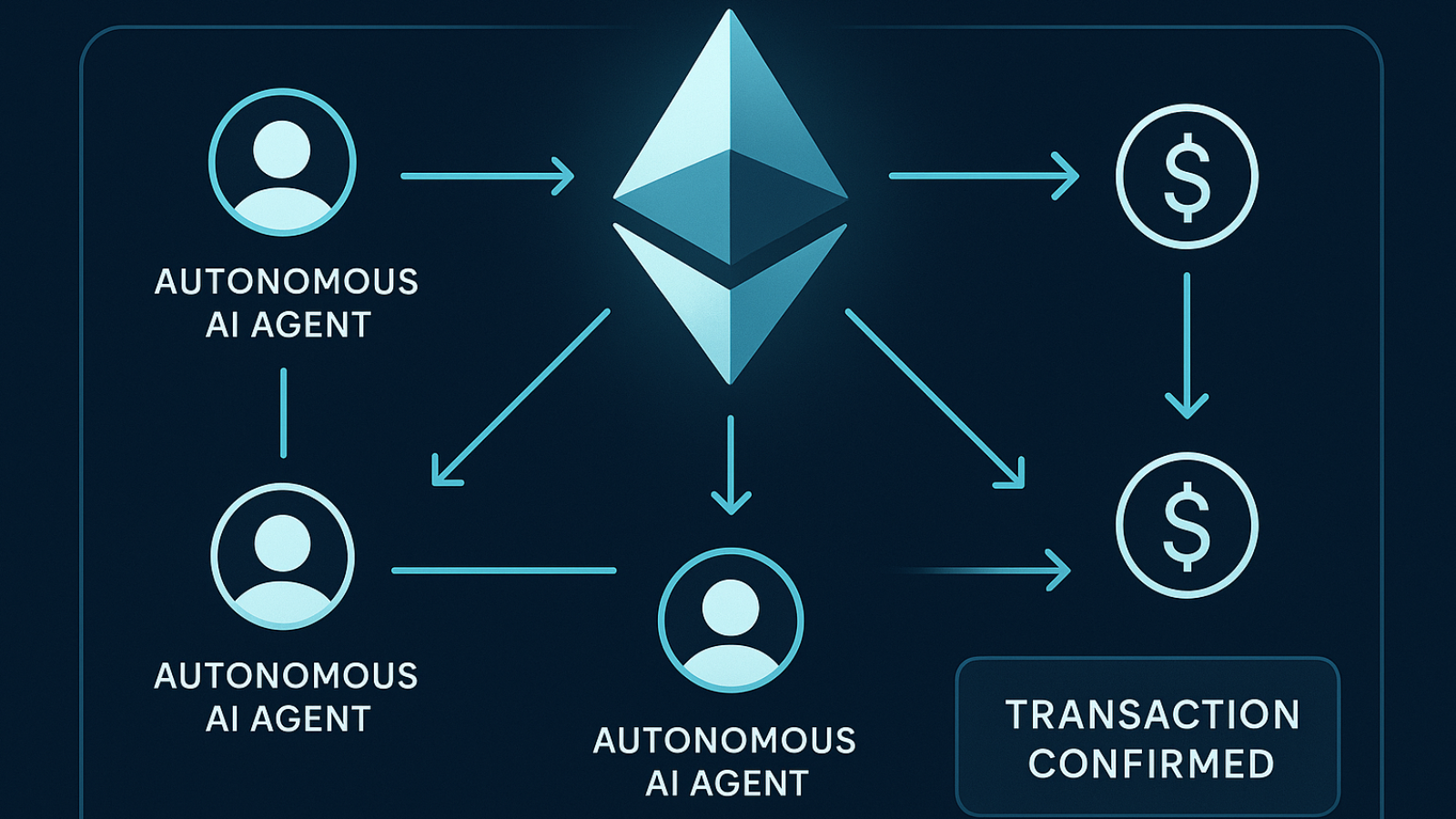



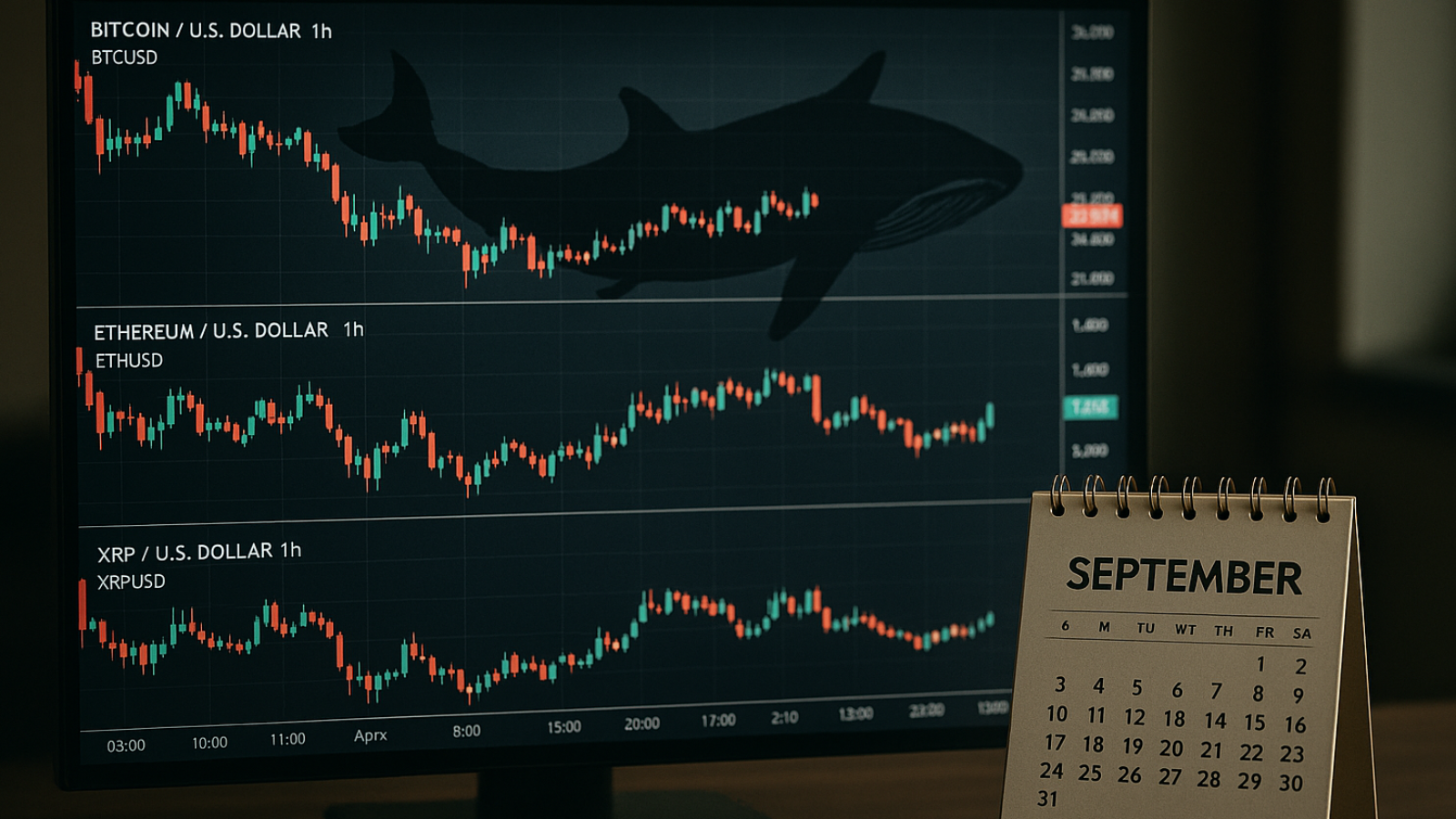





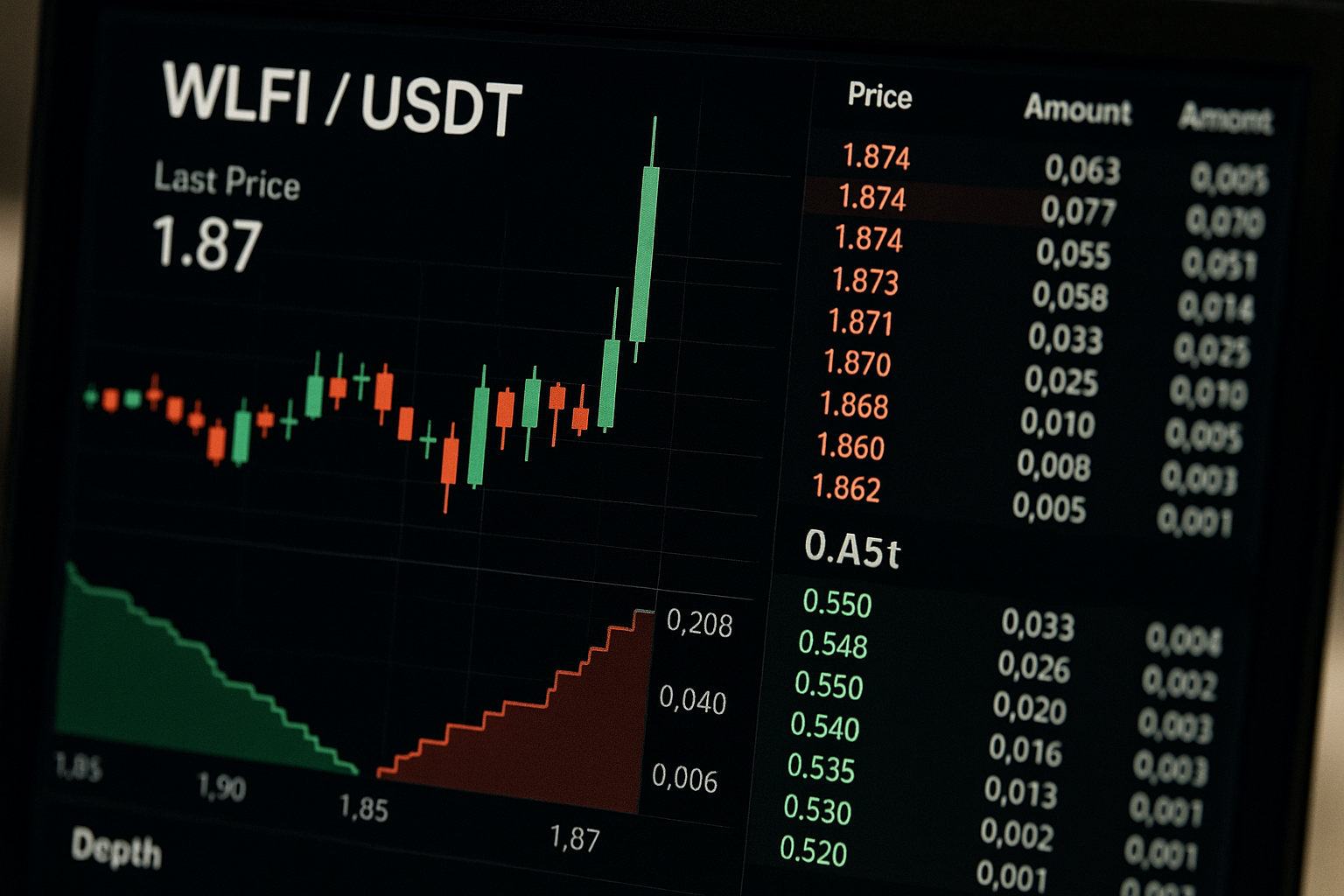


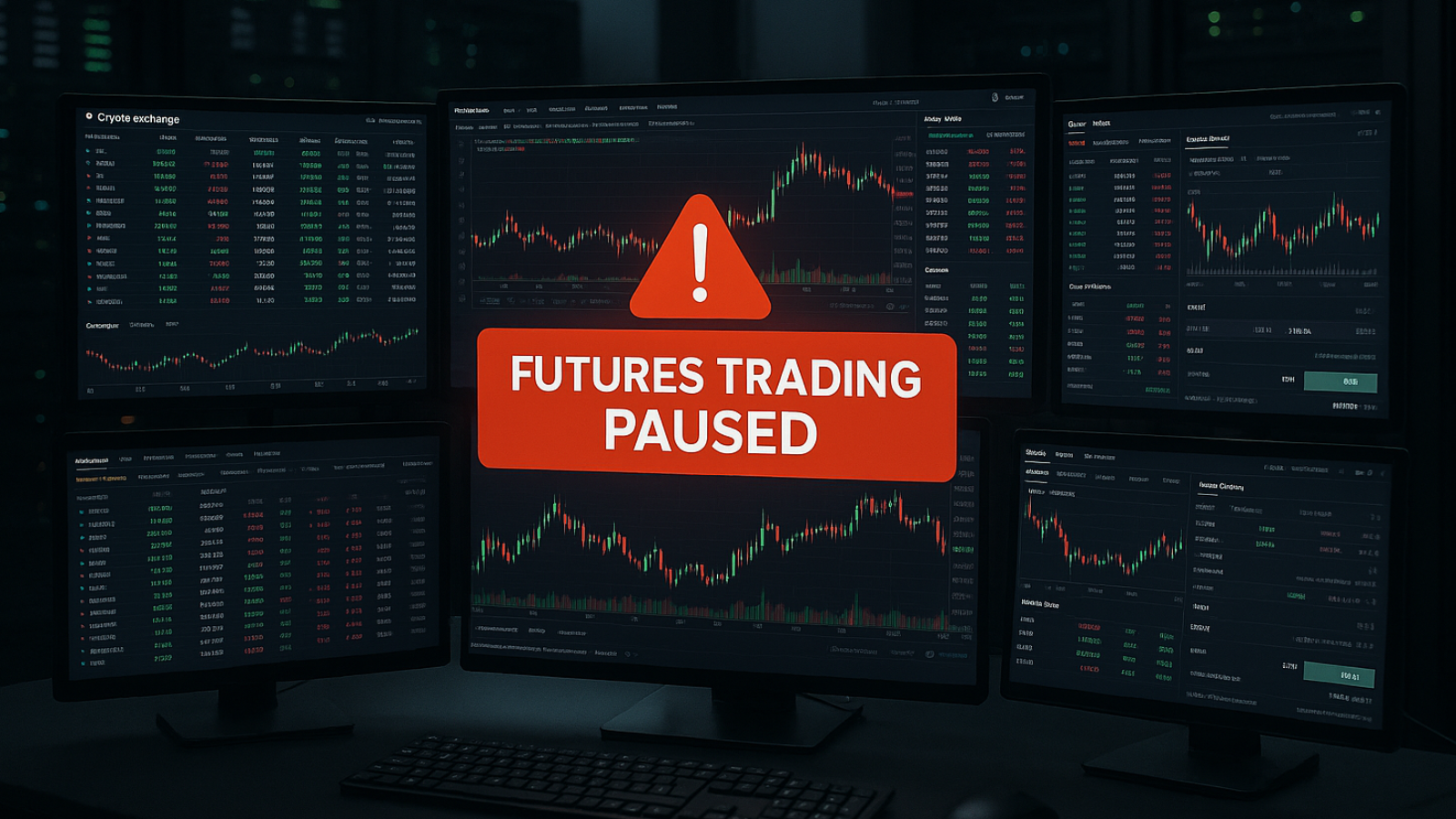


.png)
.png)


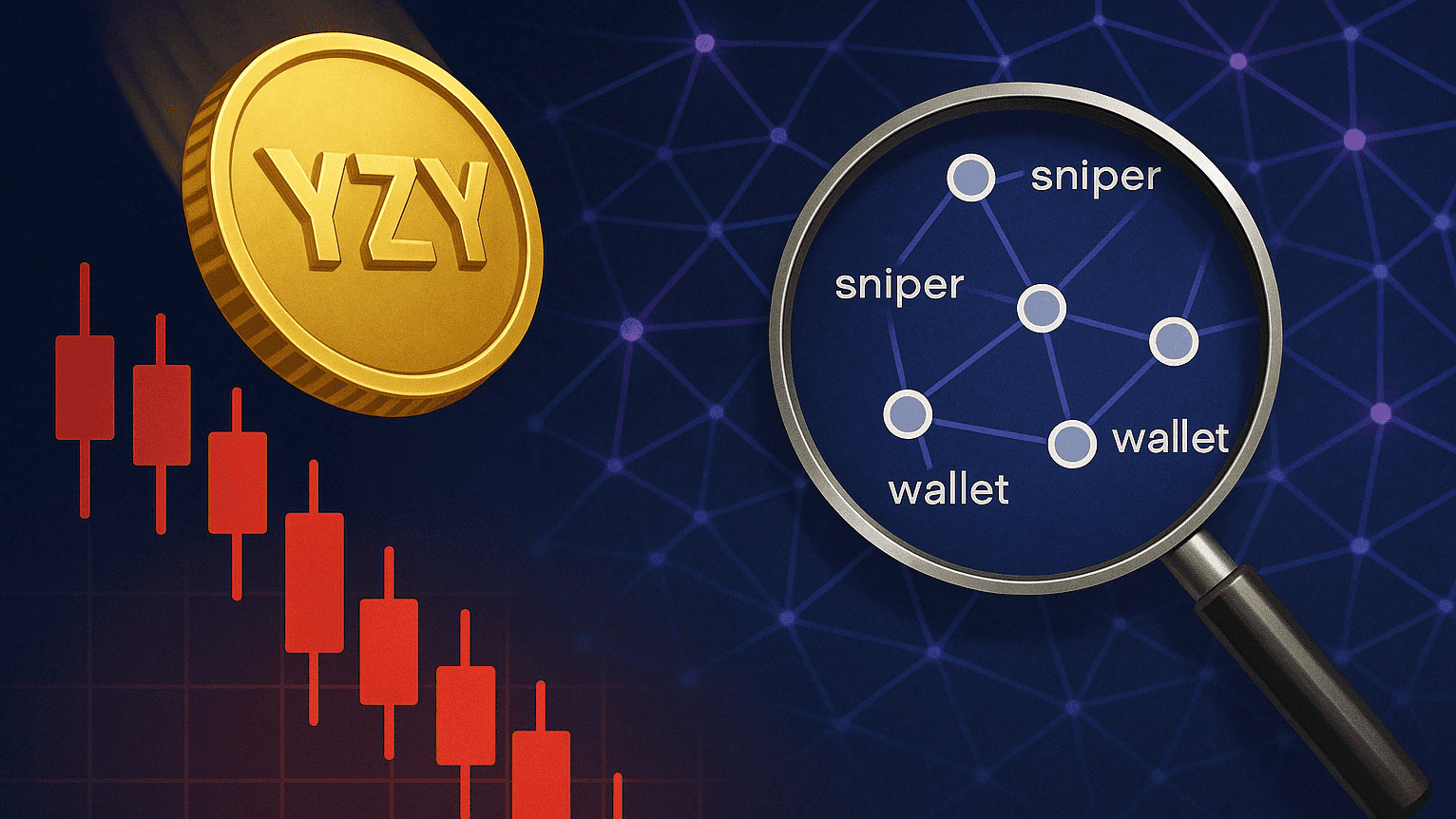
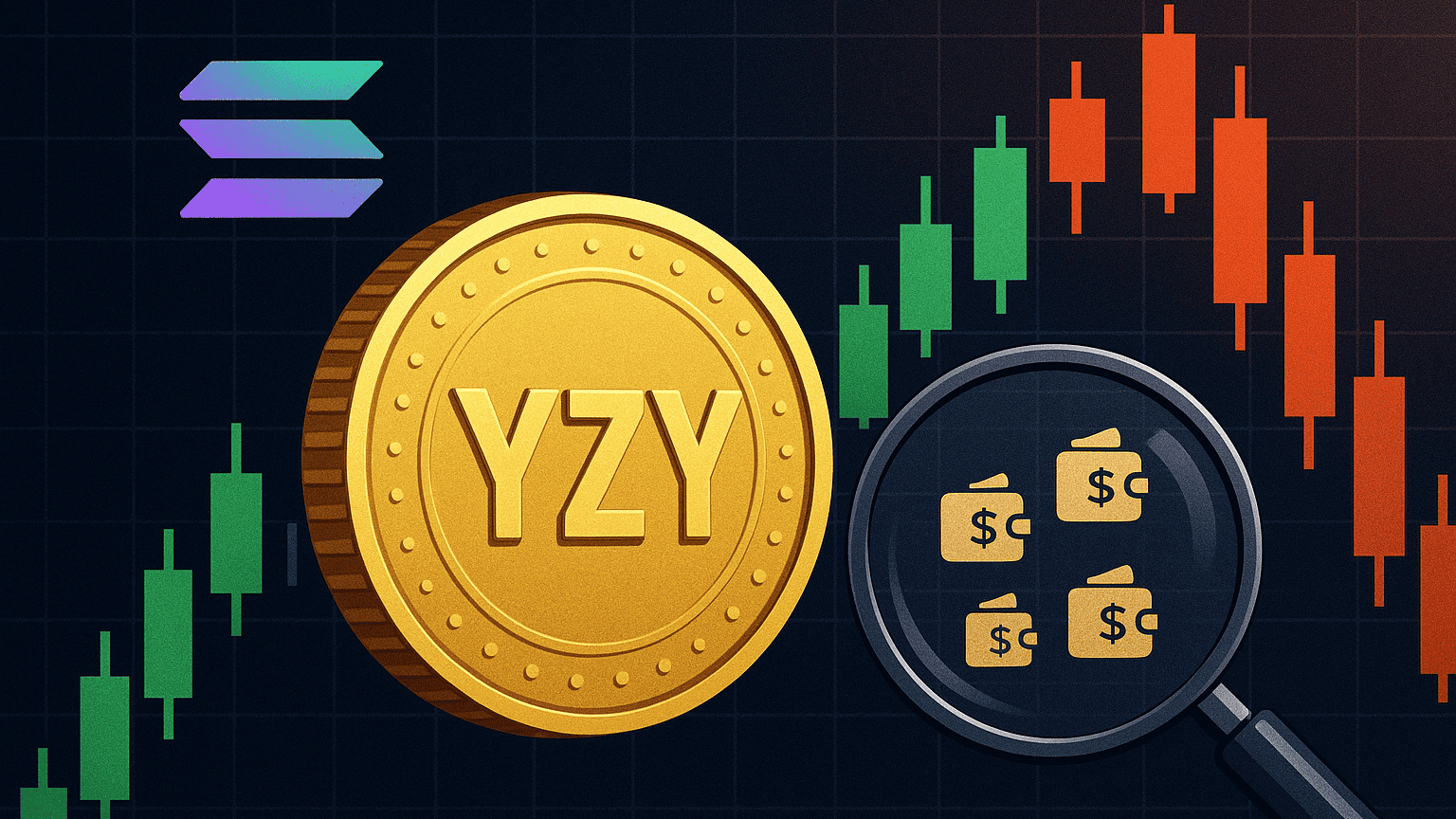





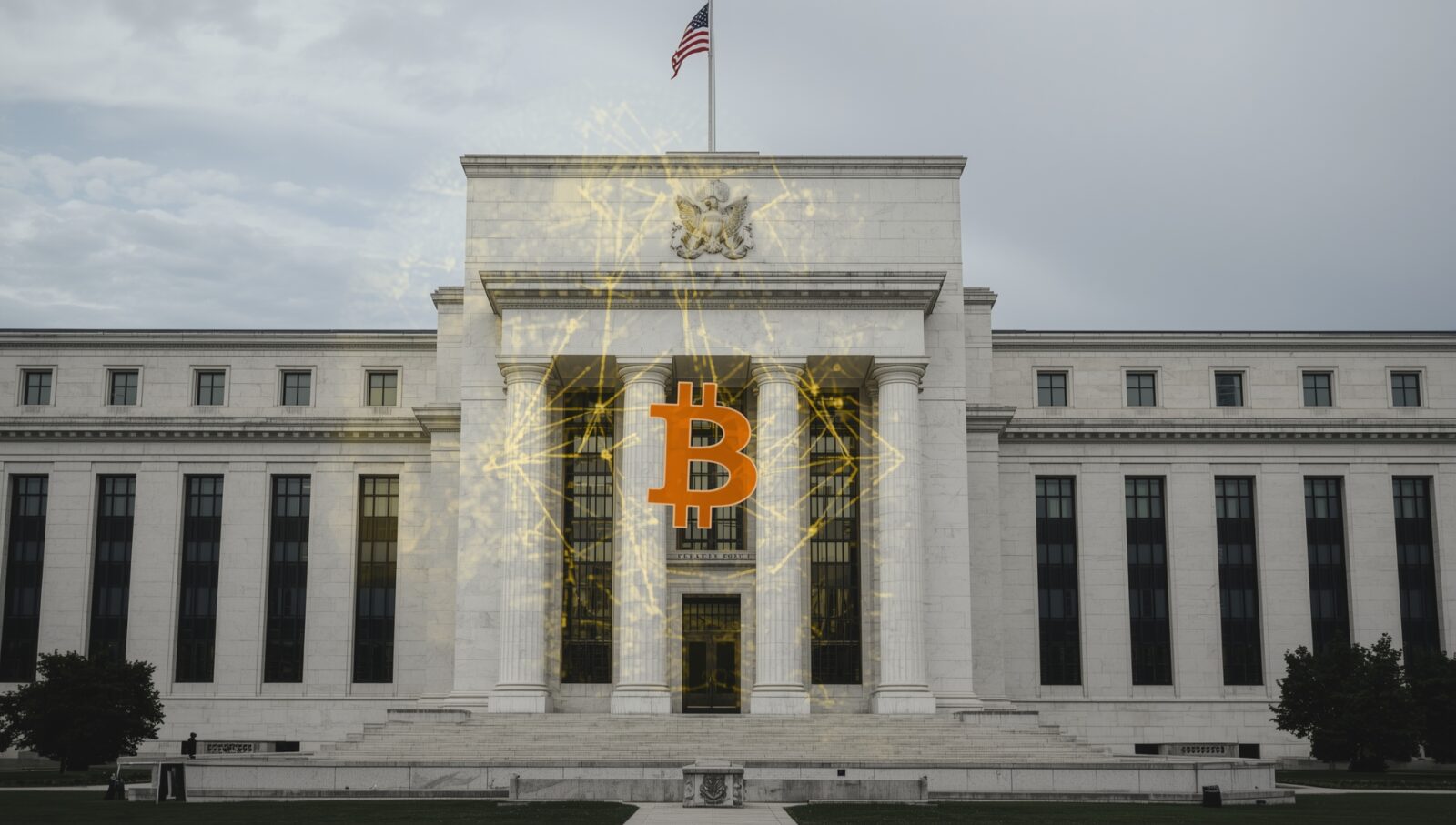
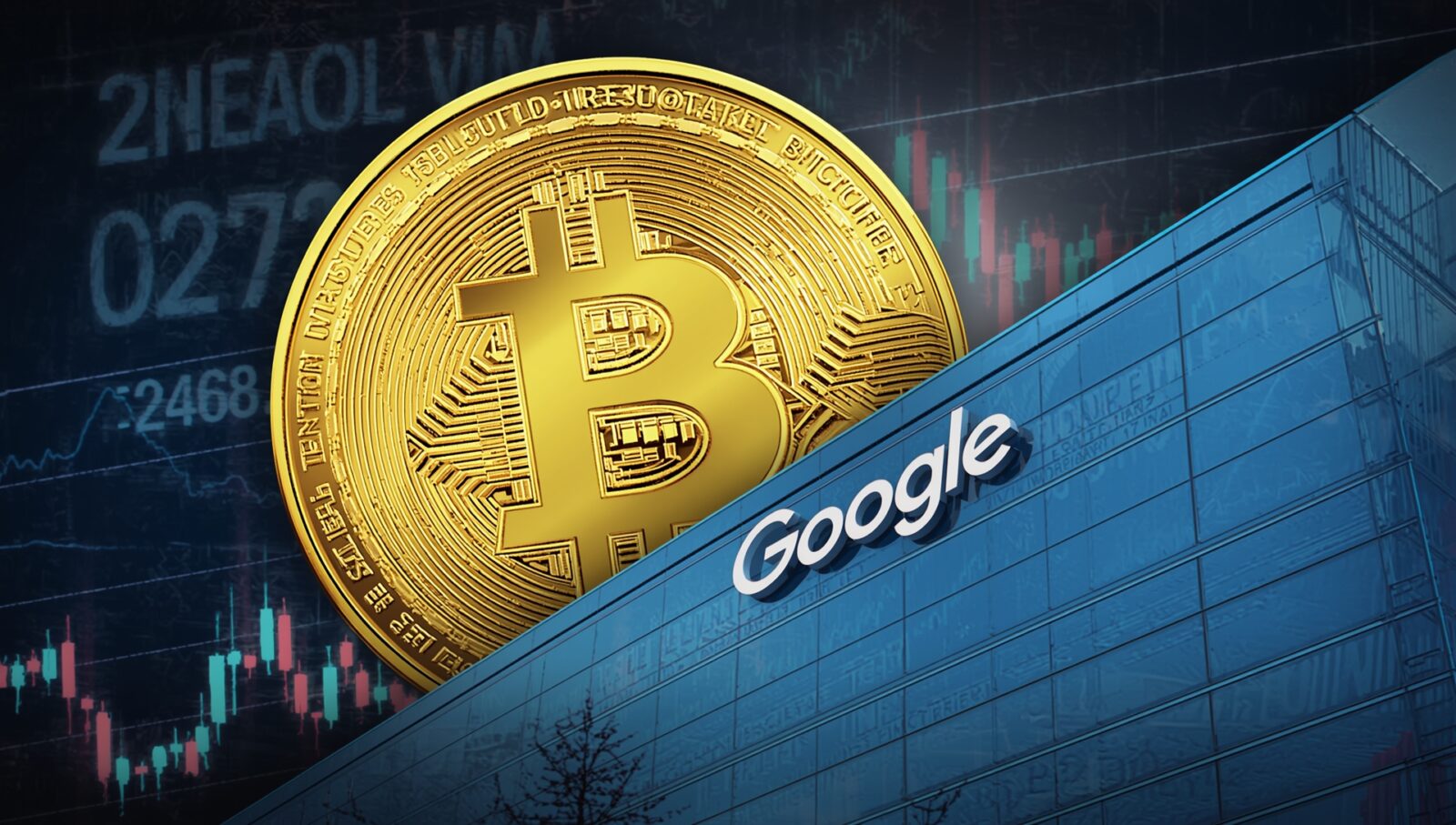


.svg)
.svg)
.svg)
.svg)
.svg)
.svg)